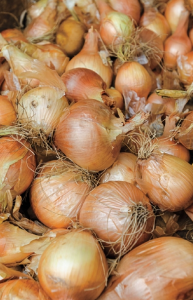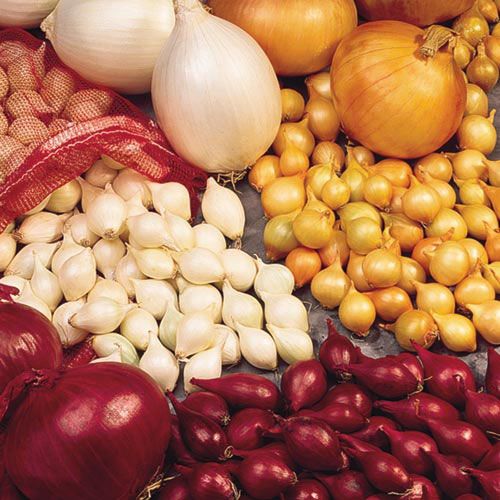 One of the most obvious perks of growing your own food is the ability to bring high-flavor, quality fruits and vegetables to every meal. But how do you savor this privilege when the days shorten and snow takes hold of the ground? It’s quite simple—by storing the produce. Many varieties of vegetables and fruits can be stored for up to two months, keeping your taste buds happy and your body well-nourished until the next growing season. Learn how to prepare and store food from your garden for the fall.
One of the most obvious perks of growing your own food is the ability to bring high-flavor, quality fruits and vegetables to every meal. But how do you savor this privilege when the days shorten and snow takes hold of the ground? It’s quite simple—by storing the produce. Many varieties of vegetables and fruits can be stored for up to two months, keeping your taste buds happy and your body well-nourished until the next growing season. Learn how to prepare and store food from your garden for the fall.
Essentials of storing crops successfully
When it comes to storing produce, not all crops fare the same—some varieties store better than others. Make sure to select these ‘good keepers’ when picking crops for planting. Time your planting so that your crops mature towards the end of the season. Remember, crops harvested at their prime typically store better than those picked too early or too late.
How to Store Apples
The first full-sized apple to fall off the tree usually indicates it’s time to harvest. You can harvest apples early if birds are a problem or wait until just before the first frost. It’s always best to use a ladder when picking apples. Handle the fruits carefully to prevent bruising or bumping. Fruits with cuts and blemishes don’t store well, so use these for immediate consumption, making applesauce, or in jams and desserts. Tools like an Apple Parer/Corer/Peeler and a Food Strainer and Sauce Maker will save time and effort, ensuring perfect results.
Storage Tips for Apples:
- Place perfect apples in trays or boxes lined with shredded newspaper.
- Store them in a cool, dark place.
Storing Potatoes
Potato foliage will die back by the end of summer, signaling the time to dig them out and cure them for storage. Lay the tubers out on clean newspaper sheets in a dark, well-ventilated place with temperatures between 50-60°F. This will cause the skins to toughen up within a couple of weeks.
Storage Tips for Potatoes:
- After curing, clean the tubers with a dry cloth, removing dirt and discarding any damaged ones.
- Store the potatoes in ventilated baskets or boxes covered with newspaper or clean sheets.
- Ideal storage temperature: 40-50°F in a dark place.
Curing Onions
Onions, like potatoes, need to be cured before storage. The right time to harvest is signaled by the foliage flopping over. Let the onions sit in the soil until the foliage turns yellow and the necks tighten. If there’s a chance of rain or frost, promptly move them to a dry location and spread them out to cure for about two weeks.
Storage Tips for Onions:
- Once cured, store onions in mesh bags or baskets.
- Ideal storage temperature: 45-50°F in a cool, dark place.
Long-Term Vegetable Storage
By selecting the right varieties and following these storage tips, you can enjoy your homegrown produce well into the winter months. Proper storage not only preserves the flavors of your hard-earned harvest but also ensures you continue to benefit from the nutritional value of fresh fruits and vegetables long after the growing season ends. Happy gardening!

